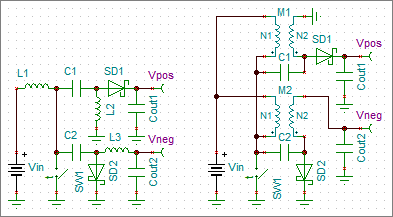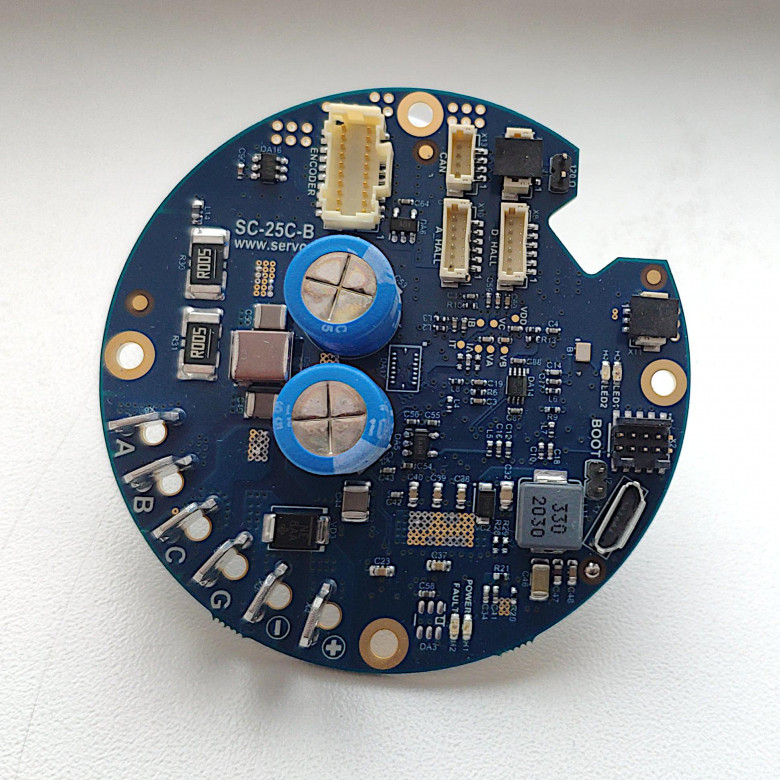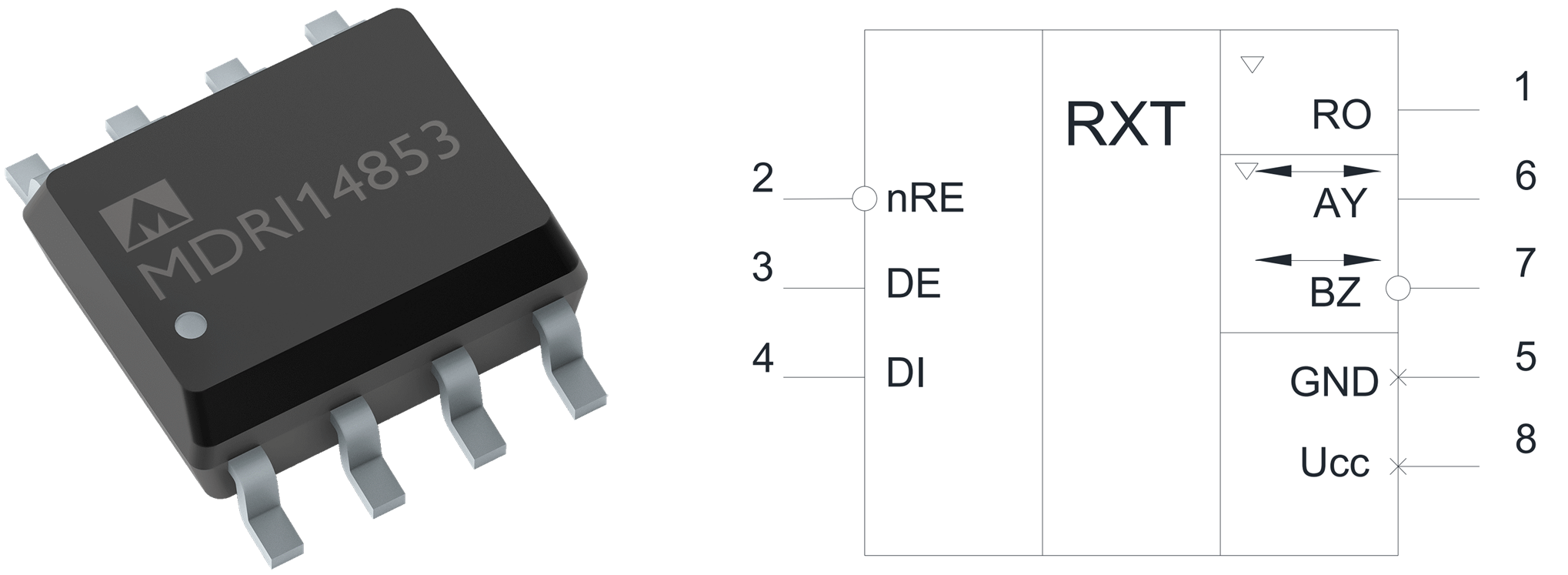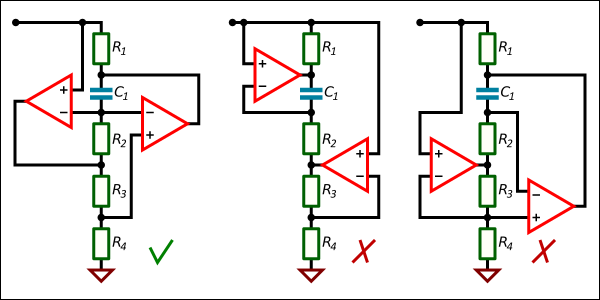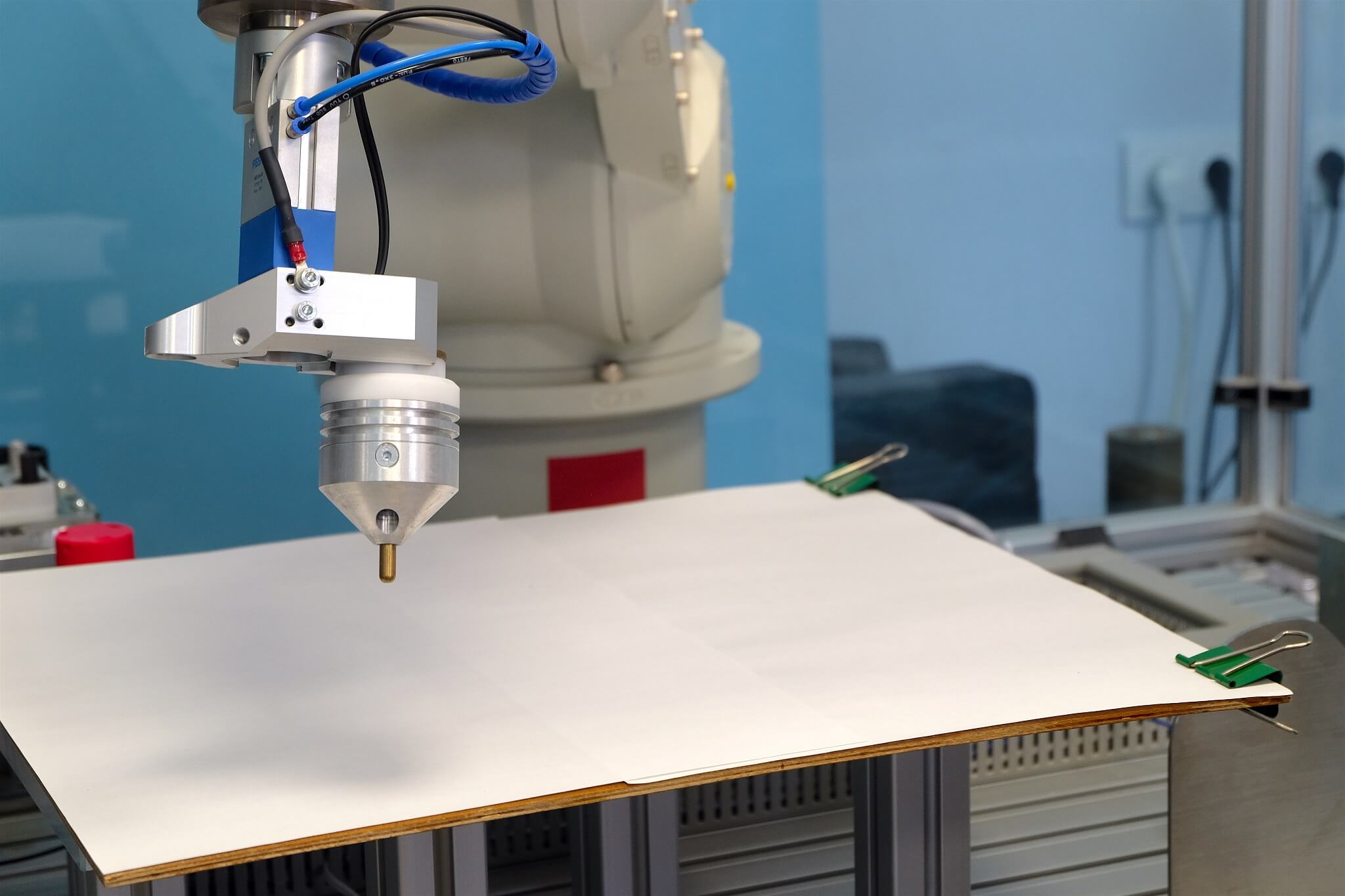
1984, Orwell’s prophetic year of Big Brother, saw the release of the Mac which broke the idea that centralised control could ever be what it was before. That year also saw the first workable prototype for a 3D printer. Built by Charles Hull, the technology was then known as stereolithography. We know it as 3D printing, and that’s a term that covers a variety of different processes which may revolutionise all stages of the global manufacturing and distributing process. In that very science-fictional year, Hull set off a revolution that is only now seeing fruition. 3D printing continues to threaten the social and economic structures which preceded it. When we speak about 3D printing, we’re speaking of a general technique of successive printing layers to form a three-dimensional object at the end. From powder to paper to human tissue, these thin membranes are laid down like the construction of a plaster mask. From that simple concept, the 3D printer offers the reverse of Ford’s mass production revolution. Printing one item is now as cost-effective in some cases as manufacturing a thousand items in the traditional way.
The computer powers 3d printing with printable files known as STLs, guiding the printers themselves as they construct, from the ground up, plastic homunculi that would awe medieval alchemists. It’s not quite the replicator from Star Trek, but it’s in the same Galaxy Class Starship.
Our 3D printing future, however, isn’t liable to look like the utopian ideals Gene Roddenberry envisioned. Instead, we will see both positive and negative outcomes from these machines as the world finds ways to employ the emergent technology.
Guerillas in the Powdery Mist



